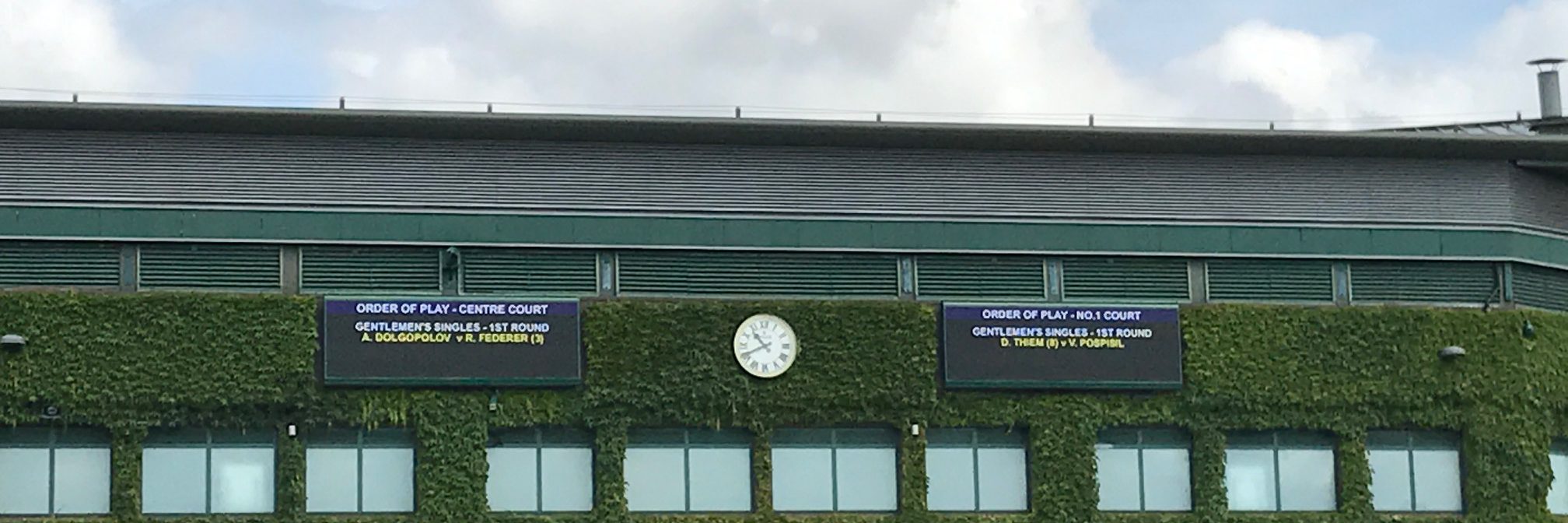In this Jan. 14 entry before the Australian Open, I observed that making tennis predictions is almost always a lose-lose proposition. Turns out I was right!
I picked the field against Federer. So yeah, I was wrong. To quote myself (what’s more self-indulgent that that?), I wrote that Federer wouldn’t “be able to play quite as freely as he did last year. And it takes only one subpar match, or really just a subpar 30-45 minutes, to lose a major.”
I would argue that I was almost right. That is, Federer didn’t play as freely as he did last year, especially in the final. And if that stretch of subpar play at the end of the fourth set against Cilic had gone on for another five to 10 minutes, he would have lost. I also forecast that 2018 will be like 1998, when a mix of players shared the Slams. (Little did I know that 1998 Aussie champ Petr Korda’s son would win the boys title.) I’m not yet backing off my prediction that the Big 5 men won’t dominate the Slams this year. Yes, Federer won it all, and he’s the biggest of the five. But Nadal, Djokovic and Wawrinka all had tournaments that didn’t live up to their usual Slam standard, and of course Murray didn’t play.
There are some other reasons I was wrong about Federer in the Australian:
- He is unique, and betting against him is so stupid.
- The competition (basically Cilic) wasn’t quite ready to take advantage of Federer’s lapses. Maybe that shouldn’t have been surprising, since it’s been that way for the past year. But I thought that by now the field (basically Cilic) could do better than missing forehand returns of serve on two break points in the first game of the fifth set. I was wrong about that, too.
- I’m kind of old. To explain: Patrick McEnroe made a good point at the end of the ESPN broadcast, noting that it used to be when a player fell from the top of the game he never made it all the way back. The observation merits some expansion. If you are like me (or Patrick McEnroe, who’s a few years younger), you started watching tennis in the 1970s. So we remember very well that Borg basically quit after not being able to beat John McEnroe in the 1981 U.S. Open final. John McEnroe played for EIGHT years after winning his last Slam title and seven years after reaching his last Slam final. He was occasionally very good during those last years, but never great. Jimmy Connors took the same path. Though everyone remembers his emotional semifinal run at the 1991 U.S. Open, that’s as good as it got for him after reaching his last Slam final seven years earlier. After finishing 1989 as No. 1, the sequence of Ivan Lendl’s year-end rankings went like this: 3 (1990), 5 (1991), 8 (1992), 19 (1993) and 55 (1994)
- In other words, the longer you’ve been watching tennis, the less likely you are to predict that a 36-year-old could win the Australian Open.
So yes, I was wrong. But I have a lot of excuses.
